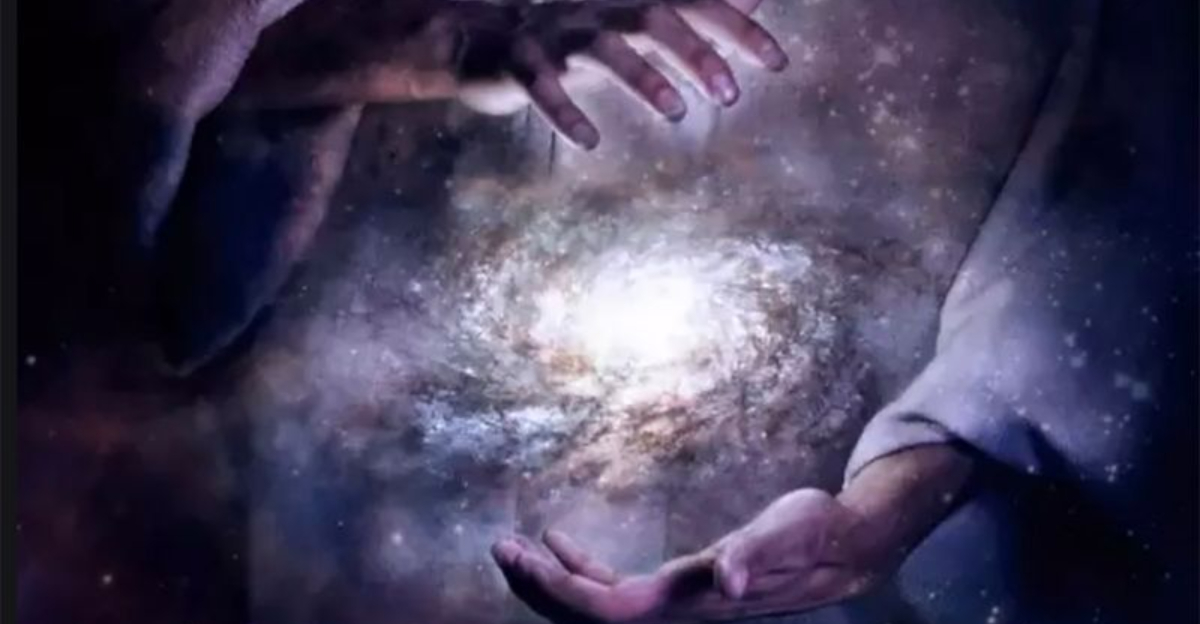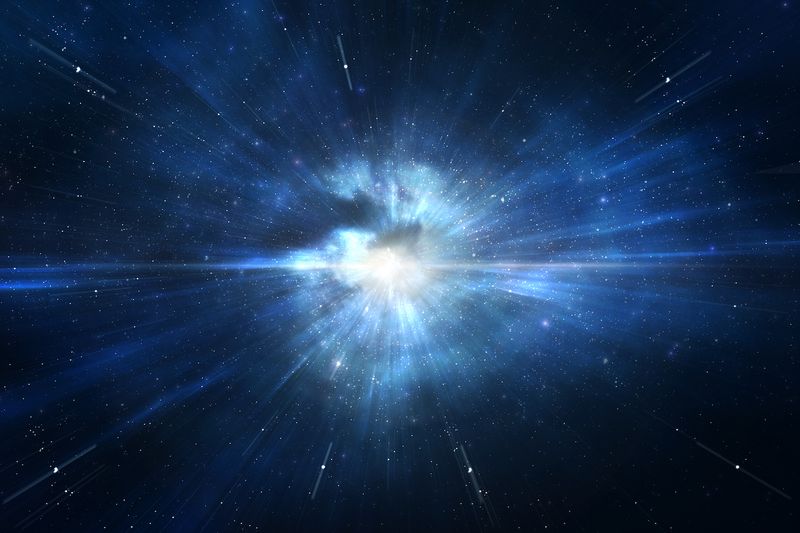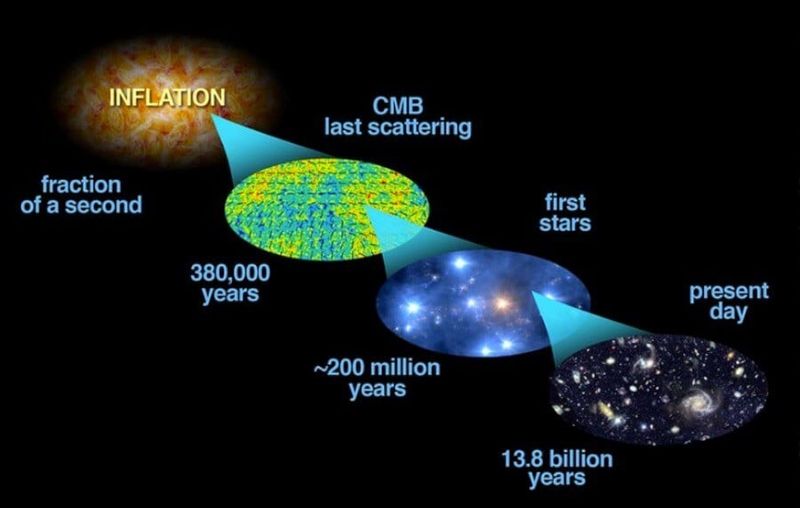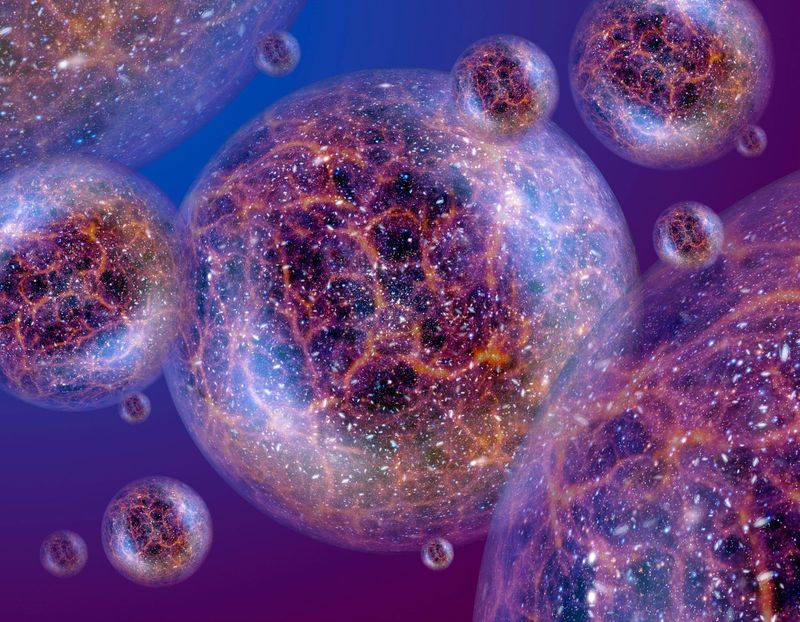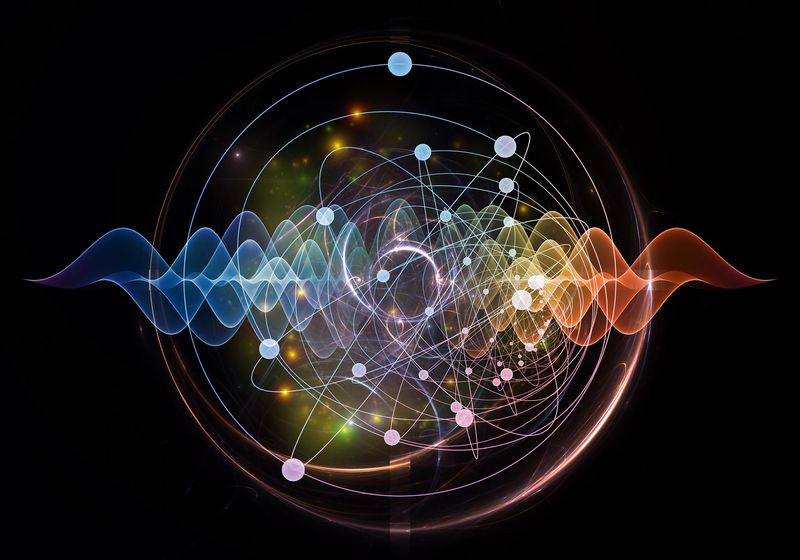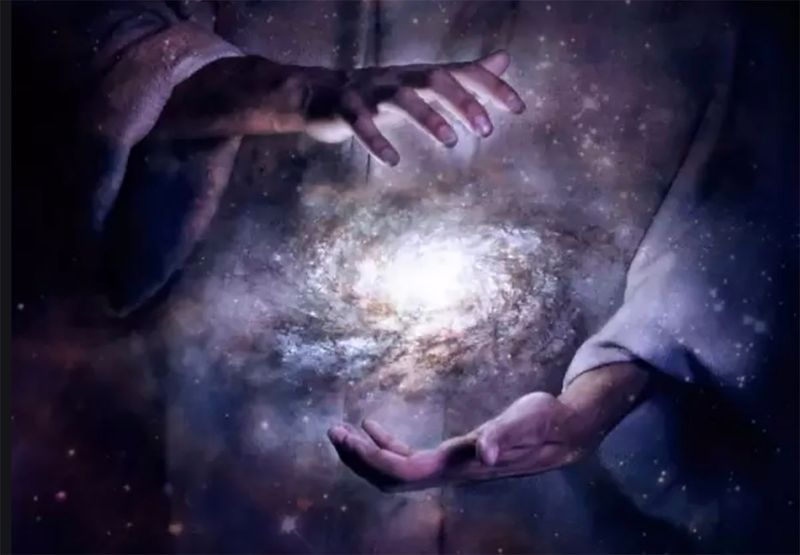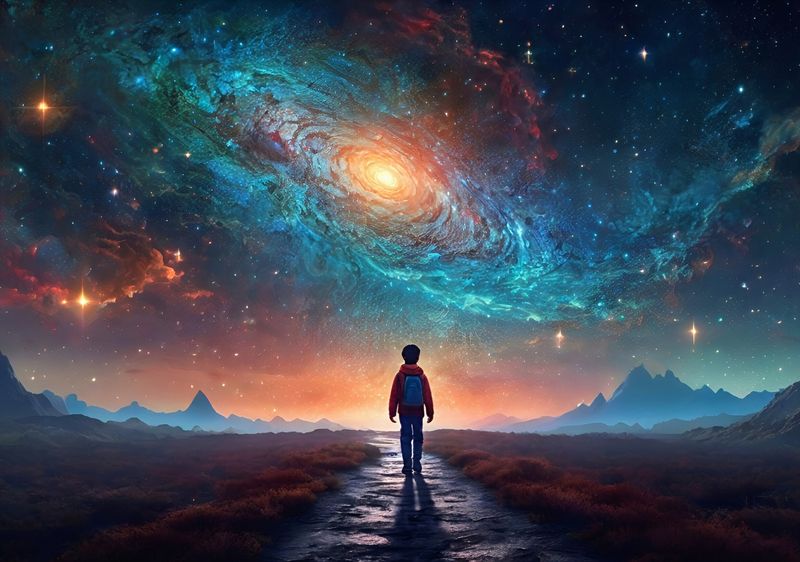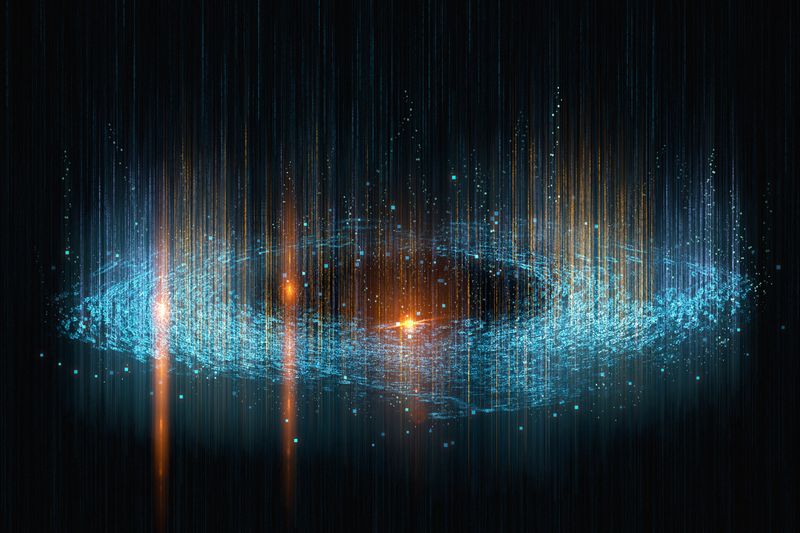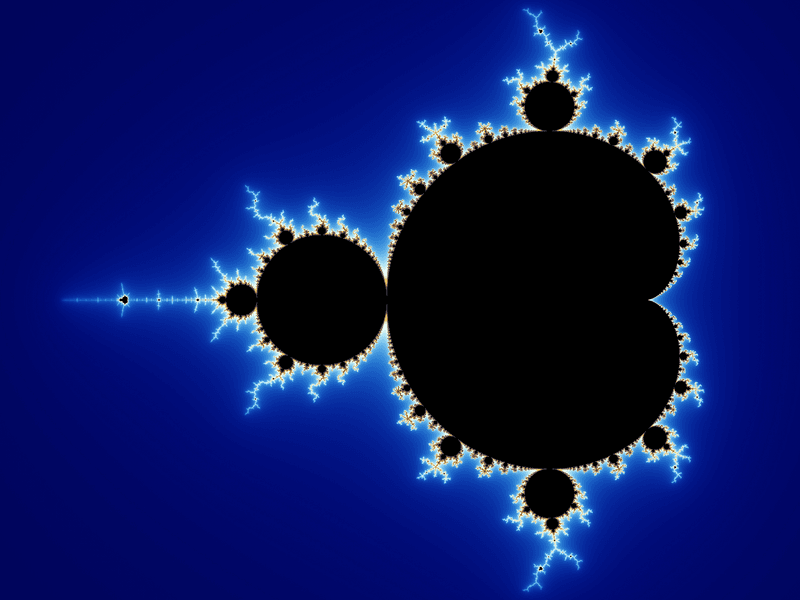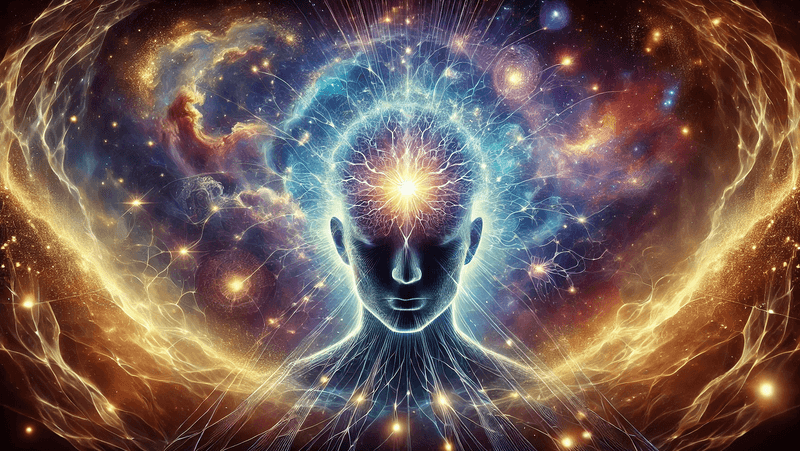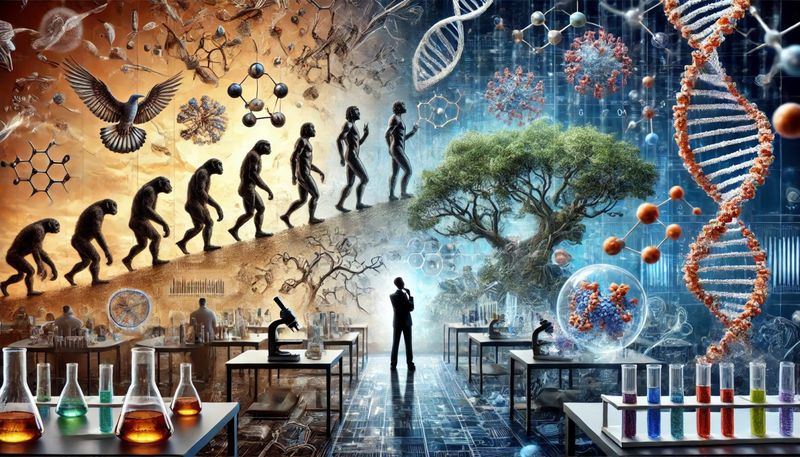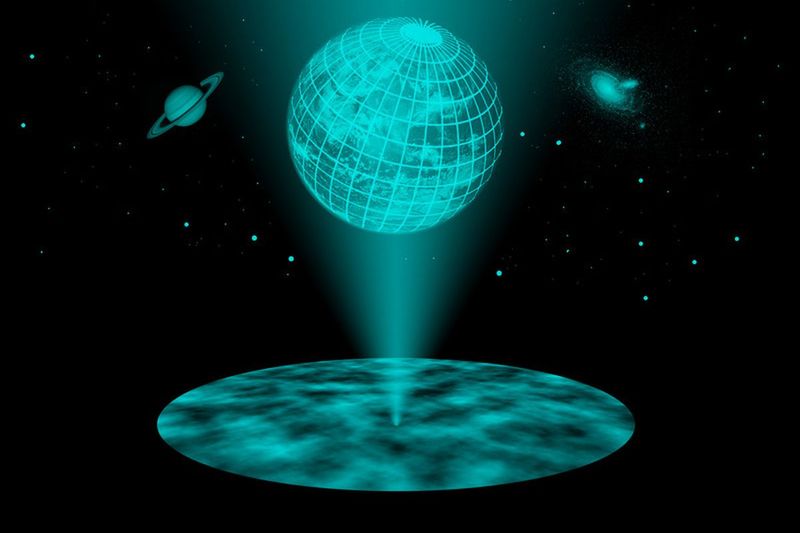Have you ever wondered how God might have created everything we see around us? Science and faith often seem to be at odds, but what if they’re actually telling the same story from different perspectives?
Many scientific theories about our universe’s origins contain fascinating parallels to religious creation accounts. Let’s explore how modern science might actually reveal the methods a divine Creator could have used.
1. The Big Bang Theory
The moment of cosmic birth mirrors the biblical “Let there be light.” Nearly 14 billion years ago, everything we know burst forth from a single point smaller than an atom.
Scientists can trace back this expansion to within a fraction of a second after it happened, but they can’t explain what caused it. Perhaps this was the divine moment of creation—God’s finger pressing the universe’s start button.
The energy released in that first instant eventually formed into galaxies, stars, planets, and eventually, us. What science calls the Big Bang, religion might call the moment God spoke reality into existence.
2. Inflation Theory
Imagine blowing up a balloon faster than you can blink—that’s how quickly the universe expanded in its first moments. Inflation theory explains how space itself stretched exponentially in just a trillionth of a trillionth of a second after creation.
This rapid expansion smoothed out the universe and set up the conditions needed for stars and galaxies to form. From a theological perspective, this could represent God’s meticulous crafting of cosmic architecture.
The precision required for this expansion suggests either incredible cosmic luck or intentional design—a universal blueprint carefully unfurled across the void.
3. Multiverse Theory
What if our universe is just one bubble in an infinite cosmic foam? Multiverse theory suggests countless universes exist alongside ours, each with different physical laws and possibilities.
For the spiritually minded, this evokes Jesus’s words: “In my Father’s house are many rooms.” Perhaps God’s creative capacity extends beyond our single reality into an infinite tapestry of worlds.
Each universe might represent a different expression of divine creativity—some with different forms of life, others with physics we couldn’t comprehend. Our universe might simply be the one perfectly tuned for human existence.
4. String Theory
At the heart of reality lie tiny vibrating strings of energy—not particles, but musical notes playing the symphony of existence. String theory proposes these microscopic vibrations create everything we experience.
Ancient traditions speak of creation through sound—God speaking or singing the world into being. These cosmic strings might be the literal instrument through which divine utterances formed reality.
Different vibration patterns create different particles, just as different notes create different sounds. The universe becomes a grand composition with mathematical harmony at its core—perhaps the sheet music of God’s creative expression.
5. Quantum Mechanics
Reality gets weird at the tiniest scales. Particles exist as probabilities until observed, seemingly in multiple places simultaneously. This quantum uncertainty challenges our understanding of how the world works.
Einstein famously resisted this randomness, saying “God does not play dice with the universe.” Yet what if this uncertainty isn’t random but represents space for divine interaction? The quantum realm might be where spirit meets matter.
Some theologians suggest this provides a scientific framework for miracles or divine intervention—subtle influences at the quantum level could cascade into observable events without breaking physical laws.
6. Fine-Tuning of the Universe
Our universe operates with astonishing precision. If gravity were slightly stronger or electromagnetic forces slightly weaker, stars couldn’t form. If nuclear forces varied by tiny amounts, no complex atoms would exist.
These cosmic constants appear calibrated with extraordinary care—like dials set to exact positions. Many scientists acknowledge that changing any of dozens of fundamental constants would make life impossible.
This precise calibration suggests either unfathomable luck or intentional design. To believers, these finely-tuned parameters reveal the careful hand of a Creator who wanted a universe where conscious beings could emerge and thrive.
7. Anthropic Principle
The universe seems remarkably well-suited for human existence. The Anthropic Principle notes that we observe a universe compatible with our existence because… we exist to observe it!
Some see this as circular reasoning, but others find deeper meaning. Perhaps the universe was intentionally designed to be observed and appreciated by conscious beings who could recognize its beauty and complexity.
From a theological perspective, this suggests purpose—a Creator who fashioned reality specifically to be inhabited, explored, and understood by beings made in His image. We’re not accidental observers but the intended audience of cosmic wonder.
8. The Simulation Hypothesis
Modern technology has sparked a radical question: what if reality is actually an advanced computer simulation? Some physicists and philosophers seriously consider this possibility, noting that mathematical rules underpin everything we observe.
The digital nature of quantum physics—with its discrete energy levels and information-based properties—fits surprisingly well with this theory. For believers, this doesn’t eliminate God but reframes divine creation as cosmic programming.
Perhaps the biblical creation story describes a programmer initiating a universal simulation, establishing fundamental laws and watching consciousness emerge within it. God becomes the ultimate coder, and natural laws His elegant algorithms.
9. Chaos Theory and Emergence
Simple rules can create incredible complexity. A snowflake’s intricate pattern emerges from basic physics. Weather systems, ecosystems, and even consciousness arise from simpler components interacting.
Chaos theory reveals how order naturally emerges from apparent randomness—the hidden patterns in seemingly unpredictable systems. From a theological perspective, this suggests God might work through natural processes rather than constant intervention.
Perhaps creation didn’t require micromanagement but rather brilliant initial conditions and natural laws that would inevitably produce stars, planets, life, and eventually beings capable of contemplating their Creator. God as the ultimate systems designer rather than a constant tinkerer.
10. Panpsychism
What if consciousness isn’t just in our brains but is a fundamental property of the universe? Panpsychism suggests awareness exists in some form at all levels of reality—from electrons to galaxies.
This ancient idea has found new supporters among quantum physicists who note that observation seems to affect reality at fundamental levels. For spiritual thinkers, this resonates with the concept of divine omnipresence.
Perhaps God’s consciousness permeates all creation—not separate from the physical world but woven into its very fabric. Our individual awareness might then be localized expressions of a universal divine mind that experiences reality through countless perspectives simultaneously.
11. Evolution as a Divine Tool
The fossil record shows life developing over billions of years through natural selection. Rather than contradicting creation, evolution might be God’s chosen method for developing life’s diversity and complexity.
This perspective sees the Creator establishing natural laws that would inevitably lead to adaptation and increasing complexity. The biblical seven “days” become metaphorical periods in Earth’s development, not literal 24-hour spans.
Evolution reveals a Creator who values process and participation, allowing creation to partially create itself through established natural mechanisms. This paints God as patient and strategic, setting up conditions for life to flourish in countless forms over vast timescales.
12. The Holographic Principle
Imagine our 3D reality is actually projected from information stored on a 2D surface—like a hologram. This isn’t science fiction but a serious theory in quantum physics that helps resolve paradoxes about black holes and information.
The holographic principle suggests what we experience as solid reality might be encoded on the universe’s boundary. For theologians, this evokes Plato’s cave allegory and biblical references to reality being like a reflection.
Perhaps what we perceive is just a shadow of a higher-dimensional reality where God exists. Our universe becomes a divine projection—not an illusion, but a limited perspective on a more fundamental truth beyond our direct perception.
